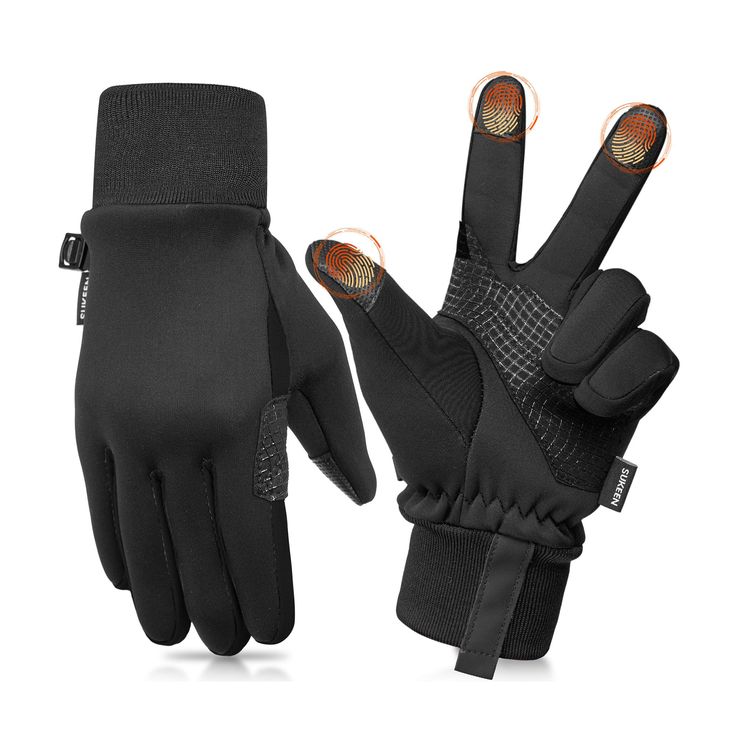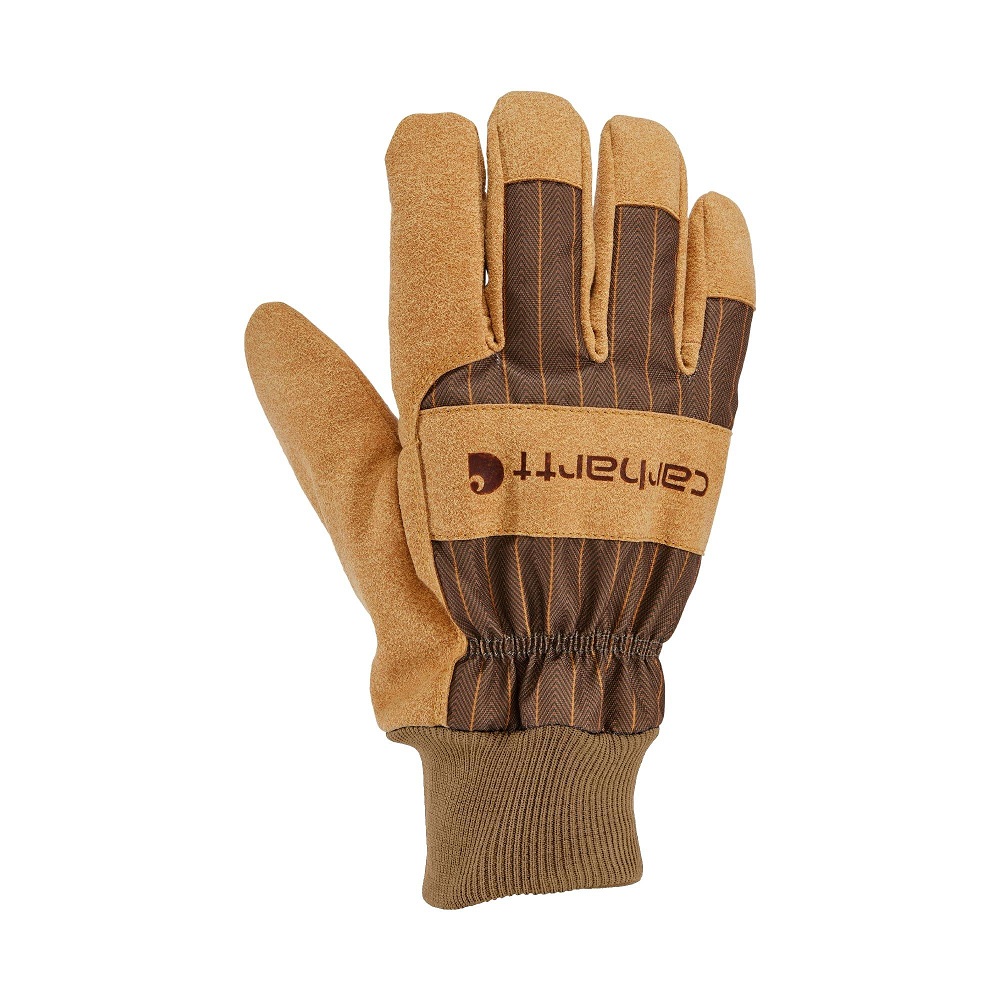Introduction to Hiking Glove Types
Choosing the right type of hiking glove is crucial for your comfort and performance during outdoor adventures. Gloves serve as vital protective gear that shields your hands from harsh weather conditions, rough terrain, and injuries caused by continuous use of tools like hiking poles. Moreover, the right glove can enhance your grip and overall hand function, making your hiking experience more enjoyable and efficient.
Importance of Selecting Appropriate Hiking Gloves
Selecting the appropriate hiking gloves doesn’t just add to comfort; it’s essential for safety. Outdoor activities can expose hands to potential dangers such as cold, blisters, or cuts from rocks and branches. Proper gloves also help manage moisture, keeping hands dry and warm. Different gloves are built for various conditions. So, it’s important to consider factors like weather, the terrain of your trek, and personal hand sensitivities.
Different Types of Hiking Gloves
Hiking gloves come in various types, each designed to meet specific needs. Lightweight gloves are perfect for mild climates, ensuring breathability and dexterity. Waterproof gloves are ideal for hiking in wet conditions, keeping moisture out. Heated gloves provide warmth for hiking in cold climates. On the other hand, windproof gloves protect against chilly gusts during breezy conditions. Each type uses distinct materials and technologies to maximize performance and comfort. Selecting the correct type based on the specific requirements of your hike ensures a safer and more enjoyable experience.

Key Features to Consider
When you’re in the market for the best hiking gloves, there are several key features to consider. This will ensure that your gloves are not only practical but also enhance your hiking experience.
Material and Insulation
The materials used in hiking gloves greatly impact their warmth and function. Look for gloves with insulation like Primaloft or down for cold conditions. Synthetic materials often offer good insulation while being lightweight.
Fit and Comfort
Gloves should fit snugly but not too tightly. They must allow full range of motion. Gloves with adjustable wrist straps can offer a better fit and prevent debris from entering.
Waterproof and Windproof Properties
Waterproof gloves are essential in wet climates, while windproof ones are needed for gusty areas. Look for gloves with membranes like Gore-Tex for effective protection.
Touchscreen Compatibility
For convenience, select gloves with touchscreen-friendly fingertips. This lets you use devices without removing your gloves.
Grip and Durability
Gloves should have a good grip for handling poles or performing tasks. Reinforced palms and fingers add durability. Leather or synthetic materials are often used for these areas.
Additional Features and Technologies
Some gloves come with extra features, such as wrist leashes, clip-together functionality, or reflective elements for safety. Consider if these technologies meet your specific hiking needs.
Best Hiking Gloves for Various Conditions
When preparing for various outdoor adventures, choosing the proper hiking gloves that meet specific conditions is crucial. Whether you need gloves optimized for overall performance or those specifically crafted for resisting water and wind, different designs cater to distinct climates and activities. Below, we detail the top picks for multiple hiking situations that match performance with necessity.

Top Picks for Overall Performance
For all-around use, gloves like the Outdoor Research Versaliner Sensor Gloves stand out. They are lightweight and offer a unique combination of a moisture-wicking liner and a water-resistant shell. Their ability to adapt to changing conditions makes them a top choice for any outdoor activity.
Best Choices for Waterproof Protection
Waterproof gloves are indispensable in wet climates. The Showers Pass Crosspoint Knit Waterproof Gloves are highly recommended. Their three-layer structure provides excellent protection from water while maintaining breathability. Lightweight and with a grip-enhanced palm, these gloves keep your hands dry and comfortable during rainy hikes.
Recommended Windproof Hiking Gloves
Handling windy conditions calls for gloves that block out the cold air while remaining breathable. The Arc’teryx Venta Glove fits this category well, featuring a windproof nylon exterior and a warm, microporous interior. Despite its simplicity, this glove offers excellent wind protection without sacrificing comfort.
Liners: An Essential Underlayer
In severely cold conditions, having an underlayer glove can provide extra warmth. The Icebreaker Merino Quantum Gloves, made primarily from merino wool, offer significant insulation and moisture-wicking properties, making them ideal as a base layer under heavier gloves.
Trail Running Gloves: Combining Warmth and Dexterity
For trail runners, gloves need to balance warmth with flexibility. The Nathan HyperNight Reflective Gloves provide this balance perfectly. They are designed with a stretchy polyester blend and a fleece lining to keep the hands warm and dry even in cold and active conditions.
Rock Scrambling Gloves: Balancing Protection and Grip
When scrambling over rocky surfaces, durable and grippy gloves are essential. The Mountain Hardwear Belay Glove, made from tough goat leather and featuring a DWR coating, ensures high durability and excellent grip, making them ideal for tough terrains.
Innovations in Hiking Gloves
The hiking glove industry is always evolving, with new technologies enhancing the hiker’s experience. Innovations aim to improve comfort, utility, and protection against harsh conditions. The focus is on integrating advanced materials and smart technologies into glove design. This growth means better options for hikers, especially in extreme weather.
Heated Gloves for the Coldest Adventures
For hikers braving icy climates, heated gloves have become a game-changer. Brands such as Eddie Bauer offer gloves with built-in heating elements. These gloves have batteries that give off heat, keeping your hands warm even in the coldest environments. They often have features like automatic temperature adjustments and app control for a bespoke warmth experience. This innovation lets hikers stay longer in the cold without risking frostbite.

The Role of Technology in Enhanced Glove Functionality
Technology has taken hiking gloves beyond just fabric and insulation. Touchscreen compatibility is a common feature now, allowing hikers to use phones and GPS without removing their gloves. Materials like Gore-Tex offer waterproof and windproof protection while maintaining breathability. Furthermore, some gloves come with LED lights and reflective materials for safety at night. The combination of advanced fabrics and smart features enriches the hiking experience, providing safety and convenience to outdoor enthusiasts.
Proper Use and Care of Hiking Gloves
Proper use and care extend the life of your hiking gloves. Understanding when and how to wear them, along with regular maintenance, ensures they perform effectively for many adventures.
When and How to Wear Hiking Gloves
Wearing hiking gloves is situational, based on the weather and the nature of your hike. In cold or rainy weather, gloves keep your hands warm and dry. For rough terrains and activities like using hiking poles, gloves protect against abrasions and blisters. Always ensure the gloves fit snugly. Too loose and they won’t insulate well; too tight and they restrict movement.
Maintenance Tips for Longevity
Taking care of your hiking gloves is crucial for their longevity. Always follow the cleaning instructions provided by the manufacturer. Most gloves can be gently washed by hand in cold water. Avoid using strong detergents. Air dry the gloves, as high heat from dryers can damage the fabric. After drying, store them flat or hang them in a cool, dry place. Inspect gloves regularly for tears or signs of wear and repair them to avoid further damage. Proper maintenance keeps the gloves ready for your next hiking trip.
Final Recommendations and Buyer’s Guide
After exploring various types of hiking gloves, it’s clear that there’s a perfect pair for every condition. From the basic liner to the advanced heated glove, you have many options to suit your needs.
Summarizing the Best Hiking Glove Options
For overall performance, the Outdoor Research Versaliner Sensor Gloves are a great pick. They function as both a liner and a shell, offering flexibility. The Showers Pass Crosspoint Knit Waterproof Gloves excel in wet conditions with their three-layer waterproof design. The Arc’teryx Venta Glove is our top windproof option, offering both warmth and breathability. For extra insulation, the Icebreaker Merino Quantum Gloves are an ideal base layer. Trail runners will find the Nathan HyperNight Reflective Gloves effective for keeping hands warm while maintaining dexterity. And for rocky adventures, the durable Mountain Hardwear Belay Glove provides excellent protection and grip.
Considerations for Your Next Purchase
When it’s time to buy, remember to check the glove’s materials, fit, and specific weather features. Gloves must be snug but comfortable, allowing full hand movement. Make sure they are right for the weather you’ll face, whether it needs to be waterproof, windproof, or heated. Don’t forget about features like touchscreen compatibility or added grip if you’ll be using devices or handling equipment. Always follow care instructions to ensure your gloves last through many hikes. With these tips in mind, you can pick the best hiking gloves for your next outdoor adventure with confidence.